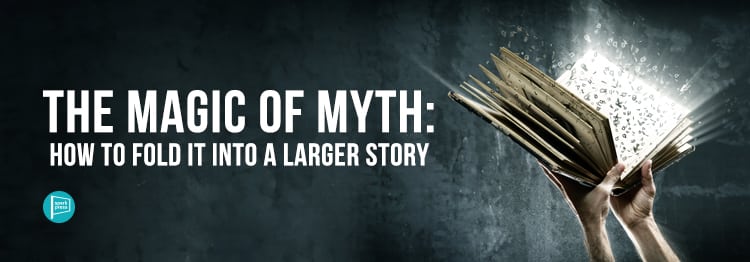
In her debut YA novel, The Leaving Year, award-winning former journalist Pam McGaffin tells the story of Ida during the year after her father is lost at sea and presumed dead. Her grief and confusion lead her to Alaska, where she learns about herself, her father, and the Native Alaskan people.
When my youngest son was seven, he starred as Baby Raven in a classroom play based on a well-known Alaska Native creation myth. His role called for him to cry and writhe around on stage, until the old man who possessed the world’s light handed him boxes containing the stars, the moon and, finally, the sun. At which point, he became big Raven and “flew” off with his prize, bringing light to the earth—or, in this case, the school cafeteria.
The story must have charmed me—and not just because of my son’s stellar performance—because several years later, it found its way into my young-adult novel, The Leaving Year. Raven even graces the cover of my book.
Scholar and author Joseph Campbell described myth as the song we dance to, even when we can’t name the tune. Such is its universal power. We humans simply have to explain things, like “Why are we here?”
In my book, the Raven creation myth first appears when Ida, the protagonist, recalls a tender memory of her lost fisherman father, a story-teller who loved Alaska Native folktales. Raven stealing the light is also symbolic of her love for her dad, who was the sun, moon, and stars to her.
The myth highlights a theme running through the novel: stories as a search for meaning when we’re confronted with scenarios we don’t understand.
In our lives, myths explain, teach, entertain, and define us. Anyone who has heard a story passed down through the generations or who has read or watched an archetypal hero’s quest—Star Wars, for example—has experienced the magic of myth.
As writers who construct stories and worlds, we might ask ourselves how myth has shaped our characters. What are their beliefs and superstitions? What do they teach their children? What stories define them as a culture? How do they confront mortality?
If you’re writing a memoir, consider the stories you grew up with. What resonated with you and why?
Here are just a few well-known authors who have employed myth to great effect:
- Richard Adams in Watership Down: The tales of the rabbit hero El-ahrairah (Prince of a thousand enemies) teach, unify, and inspire Adams’ rabbits through their perilous journey to make a new home.
- Tea Obreht in The Tiger’s Wife:The myths of the tiger’s wife and the deathless man run alongside the present-day narrative of a daughter exploring her late grandfather’s past in the war-torn Balkans.
- Rick Riordan in his YA books based on Greek, Roman, and Egyptian mythology, starting with The Lightning Thief: The son of Poseidon goes to a camp for children of Greek gods and ends up battling many monsters.
What books have you read that incorporate myth? Have you used myth in your own writing? Go ahead: imagine we’re sitting around a campfire and share your story with us!

Leave A Comment